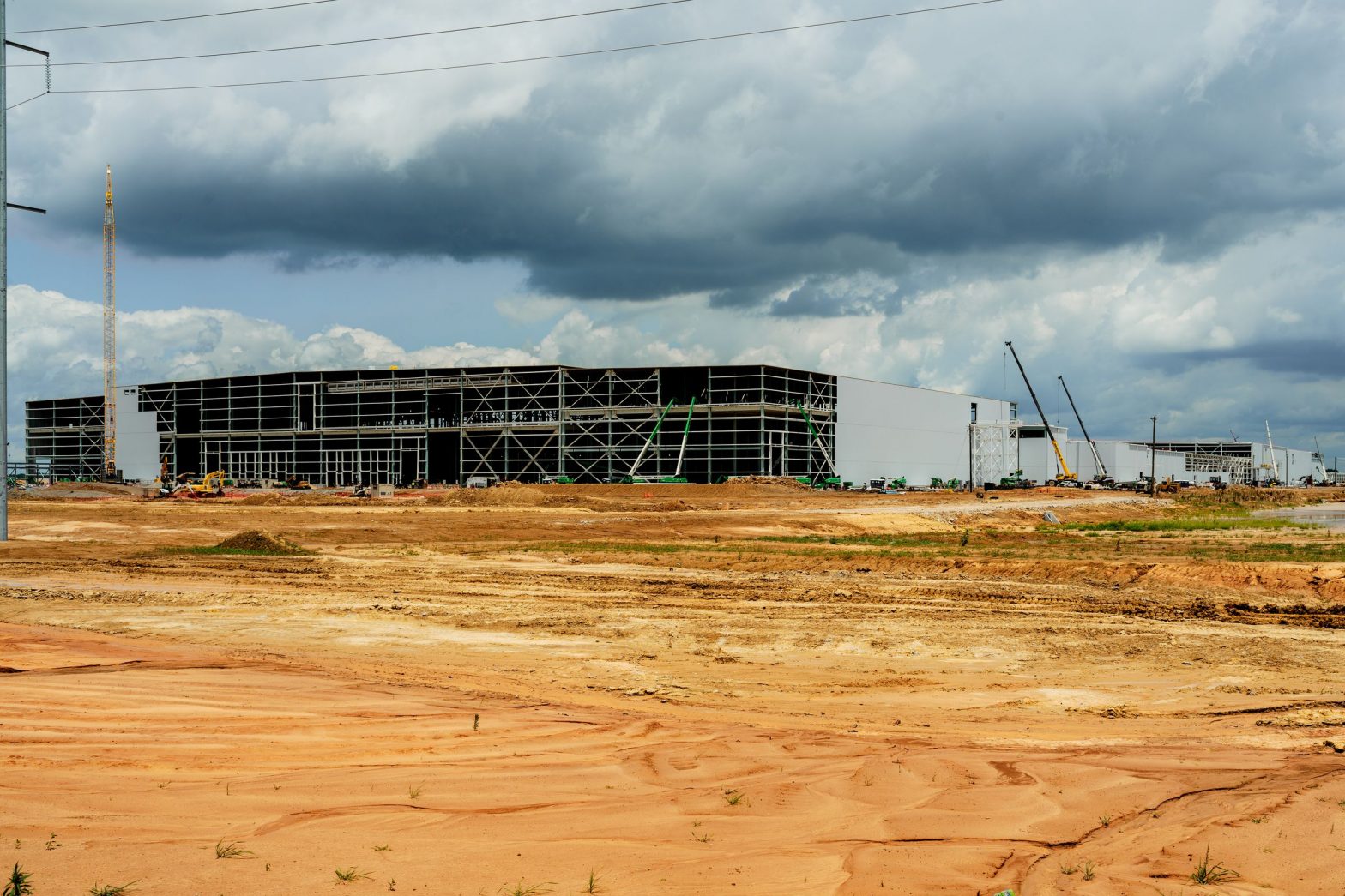/
The eye-popping sum represents the biggest government investment in the auto industry since the bailouts from the Great Recession.
Share this story
:format(webp)/cdn.vox-cdn.com/uploads/chorus_asset/file/24745408/1258934390.jpg)
Ford will receive $9.2 billion as part of a conditional loan from the US Department of Energy to aid in the construction of three huge electric vehicle battery factories, the agency announced Thursday. The mammoth loan represents the biggest government offering to an automaker since the bailouts following the Great Recession of 2009.
The loan originates from the DOE’s Advanced Technology Vehicles Manufacturing (AVTM) program, which famously helped put Tesla on the map and more recently provided a boost for a joint venture of General Motors and LG Energy Solution to help fund the construction of a new lithium-ion battery manufacturing facility. Another recent recipient was Redwood Materials, the electric vehicle battery recycling and manufacturing venture founded by the former chief technologist at Tesla.
The loans are part of a broader effort by the Biden administration to boost EV manufacturing as it races to catch up with China, which controls around three-quarters of battery production globally. It’s also an important piece of the White House’s plan to promote clean energy amid the deepening climate crisis.
Tailpipe emissions from passenger and commercial vehicles account for roughly a third of all greenhouse gases and are a huge contributor to climate change. By increasing EV sales, elected officials hope to keep the warming of the planet under 1.5 degrees Celsius, as stipulated under the Paris agreement.
Ford has said it would spend $11.4 billion, along with South Korean battery manufacturer SK Innovation, to build three battery plants — two in Kentucky and one in Tennessee. Through a joint venture called BlueOvalSK, the two companies are aiming to build out enough capacity to supply 129 GWH of capacity each year, which would be enough to power 2 million EVs annually by 2026.
The ATVM program was created by Congress under the administration of former President George W. Bush, allocating $25 billion “to provide low-cost debt capital for fuel-efficient vehicle and eligible component manufacturing in the United States.” In addition to Tesla, Nissan has also received funding through the program.
In fact, so has Ford. In 2009, at the height of the recession, the company received $5.9 billion to renovate factories across the country and improve its vehicles’ energy efficiency. Part of the plan included retrofitting its factories to make more fuel-efficient compact cars rather than big gas guzzlers.
Tesla and Nissan have both paid back their loans, but Ford struggled to get the debt off its balance sheet. Documents filed by Ford show the company owed payments of $591 million in 2020, $591 million in 2021, and $289 million in 2022. As of this year, the loan has been completely repaid. But the compact cars it built with the original loan have since been discontinued.
